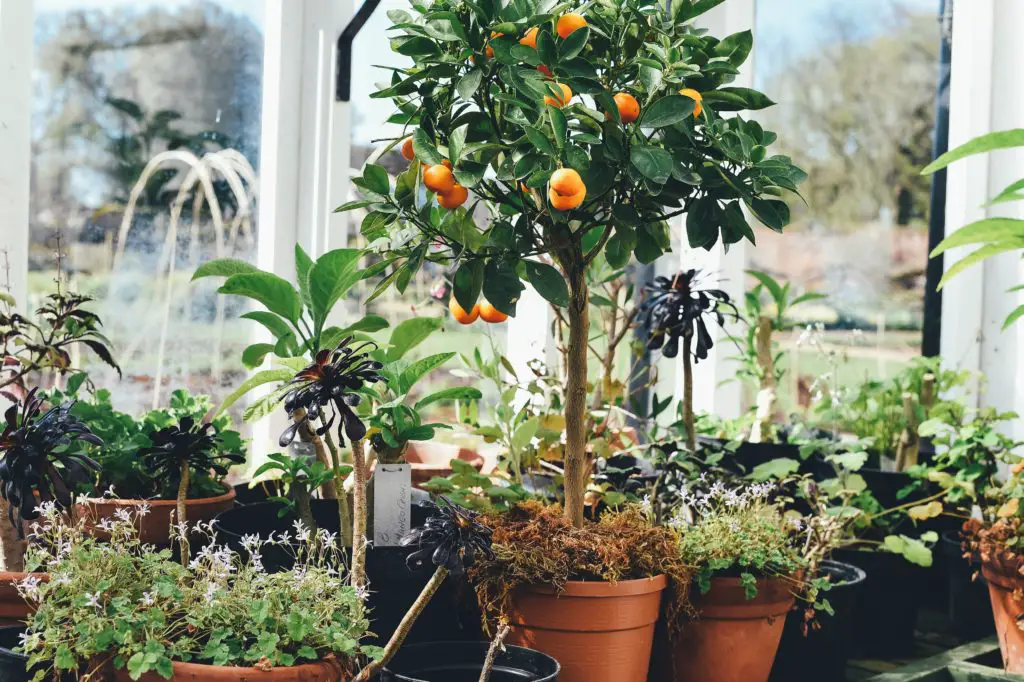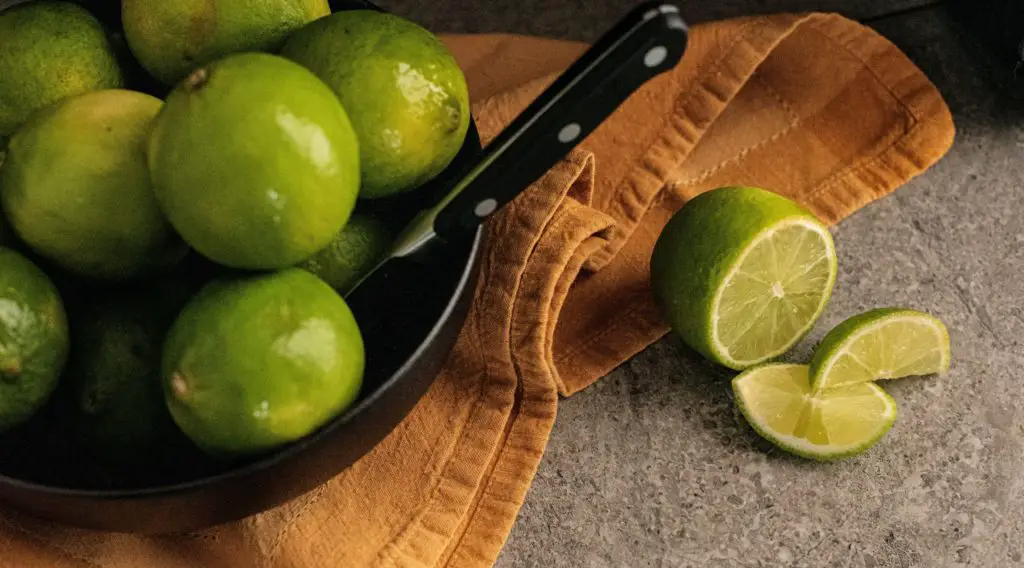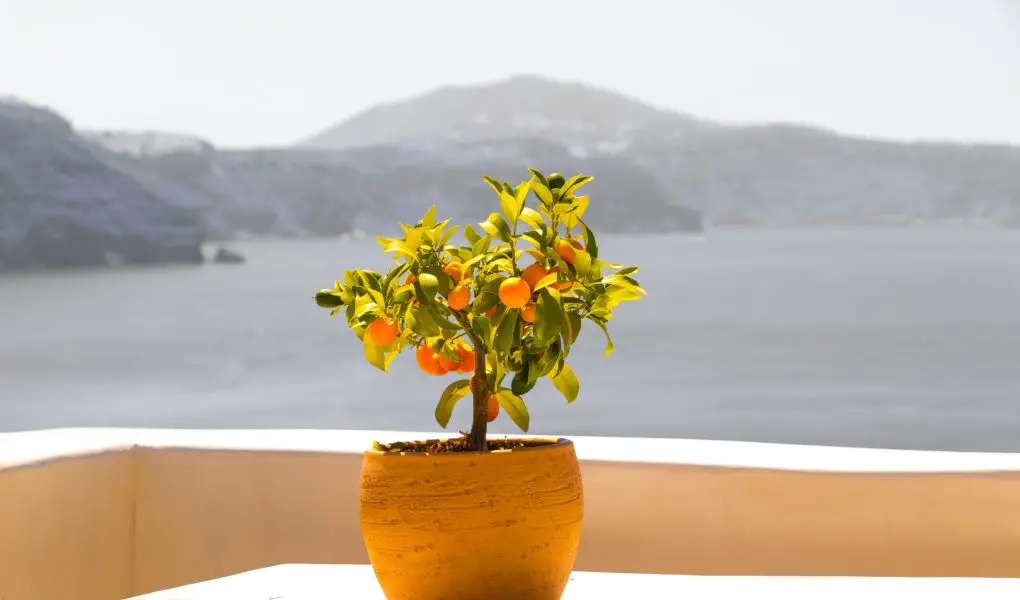Growing your own vitamin C at home is easier than you think. Citrus trees are not only an excellent source of vitamin C but also well suited for indoor growing and fruit-bearing. With a few tools, the right amount of light, and tender love and care, you can harvest from your own indoor fruit tree in no time. Indoor fruit trees are also quite lovely to look at. They are more than just your average indoor palm or Boston ivy and are bound to be a conversation point for friends who come around for a visit.
Trees to consider:
- The Lemon Tree
The Meyer lemon is a well-known and popular choice for indoor growing.
- The Lime tree
Consider the Key lime and Kaffir lime as 2 dwarf options
- The Orange tree
Calamondin orange trees are a great choice for indoors and also surprisingly easy to grow.
Where to source your indoor fruit tree
The long route involves growing your little fruit tree from a single seed, which of course means patience and having to wait much longer for an edible yield. Most fruit trees may take 2 to 3 years to produce fruit. The faster route involves you jumping in the car and heading off to your nearest nursery. If you are a first-timer, the friendly nursery staff will be more than happy to answer all your questions and recommend the right size tree for your indoor needs.
Feeling excited to grow your own vitamin C yet?
What to look for when choosing the right tree for vitamin C
Look for citrus dwarf varieties to grow your own vitamin C supply from. These are trees that are specifically grafted to remain on the small side. To keep dwarf varieties compact, occasional pruning may become necessary. Look out for the most mature tree you can find if you are eager to have fruit as soon as possible. For convenience, you might also want to consider buying a plant stand that has castors for when your plant requires repotting with more soil, which will make it heavier and more difficult to move around
What to do with your citrus tree when it first arrives home
Resist the urge to repot it into a larger-sized pot, if your citrus tree looks healthy. The plant will use its energy in the area that it needs. In a larger pot, it would mean that that it will try to fill out the pot with its roots, rather than put its energy into producing fruit.
Replace the first 2 inches of soil in the pot with fresh potting soil once a year. With time though, your tree will need a larger pot if it has grown into a sizeable tree. Choose to move one size up at a time. Remember to always add about two inches of draining material at the bottom of the pot.
To grow and harvest your own vitamin C at home, you want your tree to be placed in the right spot. Citrus trees need a lot of warm sun and light to bear a plentiful harvest. Place your fruit tree as close to a window in order to receive as much bright sun as possible. You can also place your tree outdoors in the warmer sunny months when the tree is fruiting and will help the fruit to ripen and contain high amounts of vitamin C. Making use of artificial grow lights is another way to help produce fruit. Try hanging LED light versions and gooseneck grow lights which are perfect to give your tree a boost when it needs it.
Few points to remember when growing your own vitamin C.
- Citrus trees need at least 8 hours of sunlight on average to be happy and thrive.
- They do need a decent amount of water but do not like overwatering.
- Keep citrus trees well-fertilized, by using fertilizer made for citrus such as Jack’s Classic Citrus Feed.
- You can regularly mist them with a fine mist plant sprayer.
- You have to pollinate your citrus tree if you keep it indoors. The female parts of plant flowers need male pollen so they can bear fruit. By putting it outside during the summer months insects such as bees can help transfer pollen from male to female parts. Otherwise, you will have to transfer the pollen by hand.
Easy citrus trees to grow your vitamin C from.
Consider one of these three easy-to-grow citrus trees. They adapt well to indoor settings if kept in sunny bright areas.

- Lemon Tree
The Meyer lemon is a well-known and popular choice for indoor growing. The lovely lemon aroma will fill a house or kitchen with a beautiful citrus scent.
These trees are self-pollinating and you should allow for a few years before it yields fruit. 6 to 8 hours of sun a day is recommended and the soil should be well-drained but kept moist.
- Lime Tree
Consider the Key lime and Kaffir lime as 2 dwarf options. The key lime needs to be hand-pollinated. You can easily use a clean paintbrush to gently brush the insides of each flower. The Kaffir variety is known for its leaves that are used in cooking to add some bitterness to dishes. They like the sun. Place outside during the warmer summer months to keep them happy and healthy.
- Orange Tree
Calamondin orange trees are very pretty trees and are relatively easy to nurture indoors. They produce fragrant flowers and small tangerines like fruit, which is a cross between a mandarin orange and a kumquat. The tree likes full sun. Always look out for the dwarf varieties and ones that are able to self-pollinate.
Happiness is an indoor citrus tree!
Growing your own vitamin C at home is not only a great way to enjoy natural and organic goodness, but the process and the learning curve can be just as much fun.
Sharing tips and lessons learned with visiting friends and family when you hand them a glass of fresh homemade lemonade, is a great reward.

Enjoy a bountiful harvest of natural and organic vitamin C!
Taking dietary supplements should always be done alongside the guidance of a medical practitioner. This article was not written or overseen by a medical professional and should not be viewed as advice or diagnostic information.
Enjoyed this article? You might like these too:
Best vitamin C cleansers for brighter skin!
How to make vitamin C taste better.
How to make vitamin C serum less sticky?
What are the best organic vitamin C supplements for babies?
How to make vitamin C more bioavailable.
Cautionary note: Not any of these statements have been evaluated by the Food and Drug Administration. The content of the articles and the products recommended are not intended to diagnose, treat, cure or prevent any disease or health issue. The intention is also not to imply that vitamins or any dietary supplements are substitutes for a balanced diet or are in any way more beneficial or superior to dietary nutrients. It is also not intended to imply that general or normal health may be affected by not taking dietary supplements or receiving intravenous vitamin C infusions.
Photo credits: Andreas M, By Pils, Paula Morin




